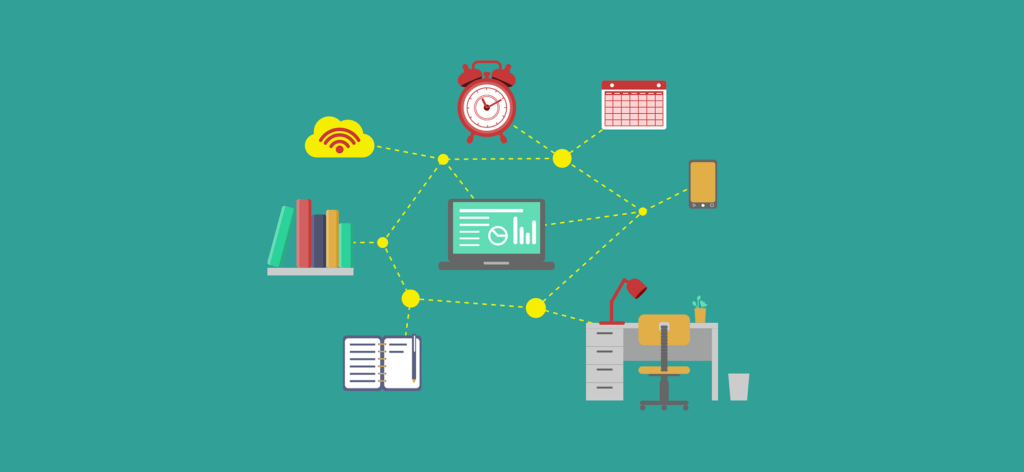When it comes to customer data platforms (CDPs), there is a lot of talk about the quantifiable benefits. Increased revenue, improved customer engagement and more efficient marketing operations are well-understood outcomes of a CDP implementation.
Around three-fourths (73%) of companies value CDPs as a critical aspect of their customer experience efforts. CDPs allow marketing teams to keep up with the customer journey in real time and optimize campaigns on the fly.
CDPs also create a single view of the customer, which is essential for understanding how they interact with your brand across channels. This holistic understanding of data points wasn’t possible before CDPs, and it’s one of the main reasons why they deliver such high ROI.
However, these benefits are just the tip of the iceberg. In this article, we’ll explore some of the “hidden” ways businesses benefit from a CDP, from spearheading digital transformation, to creating more productive and efficient teams, and expanding your business through new revenue streams.
1. A Customer-Centric Organization
A CDP will help you build a customer-centric organization where the customer is at the center of everything you do. This means making decisions based on what’s best for the customer, not what’s best for the company. It sounds simple, but it’s actually quite difficult to do.
CDPs make it possible to put the customer first by giving you a complete view of who they are, what they want, and how they interact with your brand. With a united data management system, different teams (e.g., Sales, Marketing, Customer Service, Data/IT, Logistics, etc.) work off the same unified customer profiles.
This de-siloed approach to data management allows organizations to work towards the same goals and deliver consistent customer experiences, delivered across multiple touch points. This can help create a more data-driven customer journey with clear and relevant messaging, resulting in higher customer retention and profitability.
2. More Efficient Use of the Tech Stack
Another hidden benefit of CDPs is that they make more efficient use of your tech stack. A CDP consolidates and cleanses customer data from different sources – reducing reliance on third-party systems and eliminating records that may be duplicative or inaccurate. This allows businesses to invest in other technologies that can further improve the customer experience.
CDPs also make it easier to integrate new applications and technologies. Because a CDP integrates data from multiple systems, organizations can do more with the data collected from their CRM, DMP, DXP, data lake and marketing automation platforms. This increases the value invested in these other systems while aggregating all the insights into a central platform.
3. The Ability to Be Agile
In today’s ever-changing digital marketing landscape, businesses need to be able to adapt quickly to stay ahead of the competition. CDPs give businesses the agility they need to respond quickly to customer needs.
With a CDP, businesses can quickly and easily make changes to their customer profiles, segmentations, and journeys. This agility is essential for delivering the personalized experiences that customers have come to expect and for building stronger customer relationships. CDPs also allow businesses to run “what-if” analyses to test different scenarios and make better-informed decisions. This enables better forecasting, demand planning, and predictive analysis of customer trends.
Agility and better business insights allow organizations to become proactive rather than reactive to consumer trends. This enables organizations to quickly optimize and adapt their organizational priorities to meet customer needs, prioritize the right developments, products, or services, and remain ahead of the competition.
4. A More Secure and Compliant Organization
Data privacy regulations are constantly evolving. A CDP enables better consent management and data governance practices, ensuring that companies can continue to provide excellent customer experiences while navigating complex privacy regulations.
With a CDP, businesses can control access to customer data, set granular permissions, and audit all activity. This helps businesses meet GDPR, CCPA, and other data privacy regulations.
5. Data Monetization and Product Optimization
Last but not least, CDPs can help businesses create new revenue streams through data monetization. With a CDP, businesses can turn customer data into valuable insights that can be shared with partners.
Additionally, a CDP can help businesses better understand their customers through factors like demographics, behavior, and specific use cases. This understanding can be used to create new products and services that customers will be willing to pay for.
How to Maximize ROI From Your CDP
Now that we’ve explored the hidden ROI factors of a CDP, let’s dive into how you can maximize the ROI from your CDP investment.
Choose the Right CDP Platform
- Choose the right CDP platform. The first step is to ensure that you choose the right customer data platform for your business. You’ll want to consider factors such as features, scalability, integration capabilities, and price.
- Use data to understand your customers. Once you’ve selected the right CDP for your business, it’s important to use the insights you gain to better understand buyer behavior. This understanding should be used to inform product development, marketing campaigns, and other decisions made throughout the organization.
- Create a personalized customer experience. Use the insights you’ve gained from your CDP to create a personalized customer experience.The goal is to create a seamless, personalized experience for each customer that meets their needs at every stage of their journey. By personalizing the customer experience, you’ll be able to increase customer loyalty, customer retention, and lifetime value.
- Invest in data quality. It’s also important to invest in data quality. A CDP is only as good as the data that’s fed into it. Make sure you have a system in place to collect high-quality data sources. This data should be cleansed, normalized, and enriched before being fed into your CDP.
Find the Hidden ROI in Your CDP
A customer data platform can provide measurable business outcomes. There are hidden benefits of having a CDP that may not be immediately quantifiable, yet will result in better ROI in the long run. By taking the time to understand the hidden ROI of a CDP and how to maximize it, you’ll be able to create a customer-centric organization that can quickly adapt to change, is more secure and compliant, and can monetize its data.



